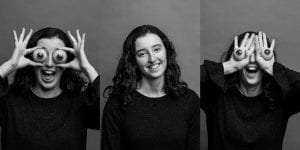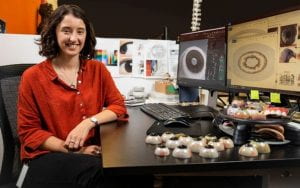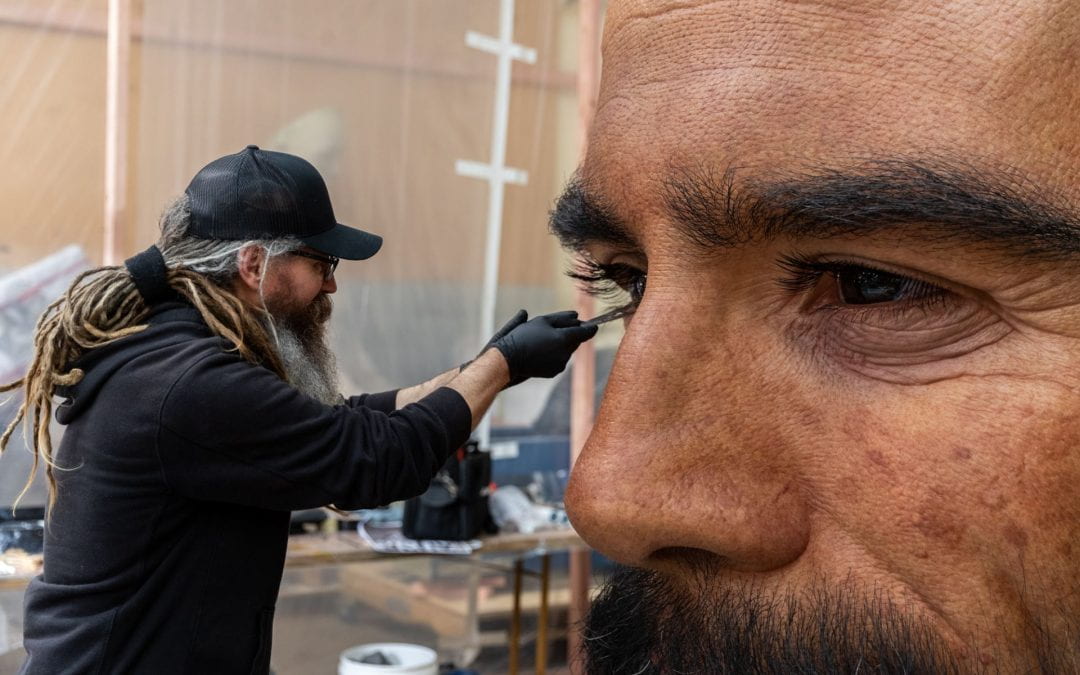Design empowering NZ industry with cutting edge technology- Wētā Workshop
Company Profile
Wētā Workshop is an award-winning special effects and prop company founded by Sir Richard Taylor and Tania Rodger. Based in Wellington, it is internationally recognised for its work on some of today’s biggest movies and TV shows, including Avatar and Lord of the Rings.
American-Israeli based Stratasys is a world leading pioneer in developing 3D printing technologies. They are acknowledged as the inventor of FDM printing (Fused Deposition Modelling) and more recently, their full colour multi-material polyjet technology, in the form of the J750 3D printer, occupies a unique and significant market niche. Stratasys printers are used by some of the world’s top companies, from aerospace and automotive to pioneering medical startups and giants of the tech world.
The Relationship
Wētā Workshop has been pushing the creative limits of 3D printing technology for decades. When Stratasys developed the J750 printer with the extraordinary ability to print solid objects compromising many different materials simultaneously, Wētā became interested in how this technology could be used to create physical assets for film production. The challenge lay in developing the 3D ‘voxel’ file that directs what is printed – a largely unexplored design and engineering capability that didn’t exist in New Zealand.
Meanwhile, Te Herenga Waka/Victoria University of Wellington’s MADE research group within the School of Design Innovation was excited about the cutting-edge research that the J750 could enable. Early research outputs had awakened interest from Stratasys and resulted in an invitation only research relationship with the company, with access to beta test software and materials to explore design-led applications of their technology.
To enable the collaboration between Wētā Workshop and MADE, the NZPA provided funding for the MADE research team’s postgraduate students to investigate the potential of the technology. In turn, Wētā Workshop supported the collaboration with funding for a series of summer internships to inform the research and ensure industry relevance. A subsequent Callaghan Innovation Career Grant for MADE Master’s graduate Tor Robinson was used to embed the emerging expertise in Wētā Workshop with a pilot project exploring the software tools required to create a voxel model of giant human eyes. A year later, a second Career Grant was initiated by Wētā Workshop to augment the team that was developing the workflow.
The Impact
The NZPA funding support laid a valuable foundation for developing this research expertise. As Sir Richard Taylor, CEO and co-founder of Wētā Workshop notes, “The relationship between Wētā Workshop and the MADE research group has enabled us to advance our 3D printing solutions across a broad spectrum of industry-used solutions. Most recognisable are the incredibly realistic eyes that we have developed in collaboration with MADE and now sit inside location-based experiences in various parts of the world. If the eye is the window to the soul we have arguably and successfully produced the most realistic eyes in the world for display purposes. This is just a small part of our exploration with the MADE team and their investment in the J850 printer from Stratasys proving their commitment to be at the bleeding edge of this technology and their research in this field.”
The exciting commercial potential of the technology inspired an unprecedented joint investment on the part of the VUW, the Victoria Foundation, Wētā Workshop, Callaghan Innovation and Stratasys with the acquisition of a J750 printer at the School of Design Innovation – the only one of its kind in New Zealand. A recent upgrade to the latest J850 technology continues to support Wētā Workshop while providing valuable insights into the operation, build pipeline and processing requirements to other industry partners.
The Value
The NZPA funding allowed Victoria University of Wellington’s MADE group to develop experts who can master the cutting edge of new industrial processes and tools – and offer these capabilities to the industry.
Or, in the words of Sir Richard Taylor, “It is through NZPA that this is even possible and we therefore all share a vote of gratitude for what the NZPA funding has enabled here in NZ. This long-term funding has kept companies such as us ahead of the market and arguably playing along the front edge of industry advancements – meaning we stay relevant, cost competitive, and acknowledged by our peers and industry leaders alike.”
See also:
“Mythbusters host Adam Sandler discussing the impact of the 3D printed eyes with Sir Richard Taylor and Tor Robinson”
“Victoria University of Wellington’s MADE research group.”


Tor Robinson – from https://www.torrobinson.co.nz/projects/8ekzdR

Giant 3D printed eyes, Mobility Pavilion, Expo 2020 Dubai



Recent Comments